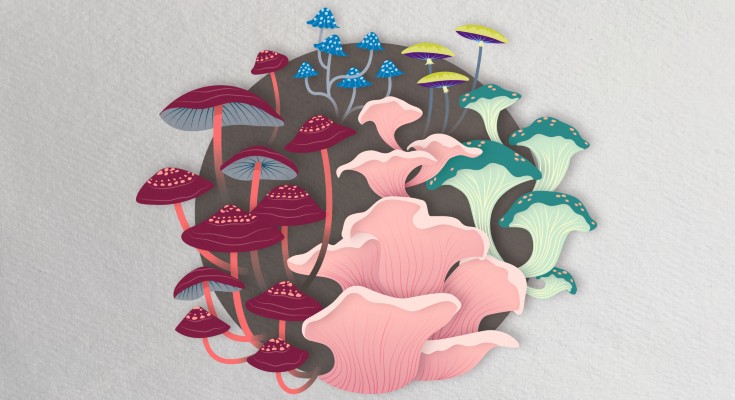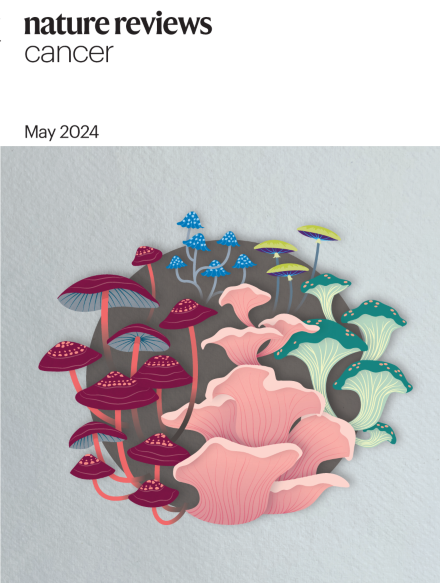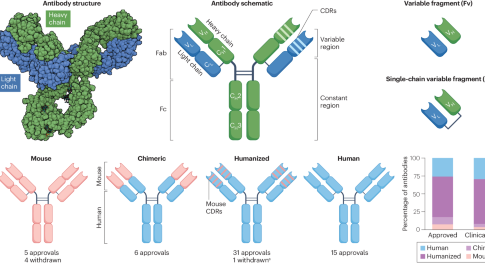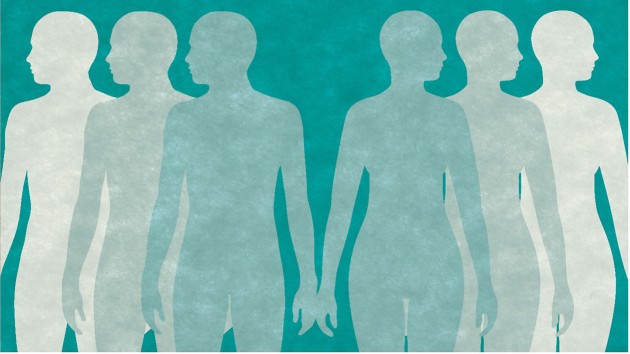
Fungi in cancer
Jessica Galloway-Pena, Iliyan D. Iliev & Florencia McAllister

Jessica Galloway-Pena, Iliyan D. Iliev & Florencia McAllister


In this Review, Paul et al. provide an overview of therapeutic antibodies as an important modality in cancer therapy today. They summarize the different approaches used by antibodies to target cancer cells including those of immune checkpoint inhibitors, bispecific antibodies and antibody–drug conjugates, as well as describing current strategies aimed at improving their efficacy and reducing toxicities.
